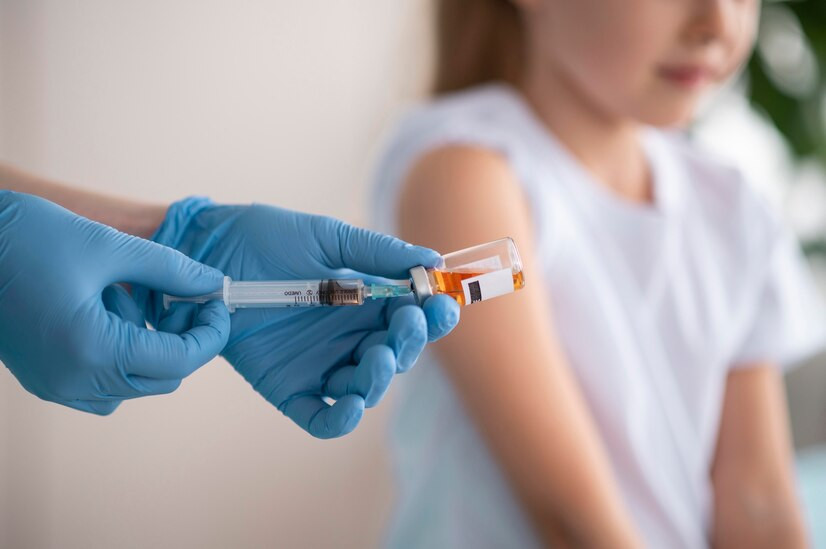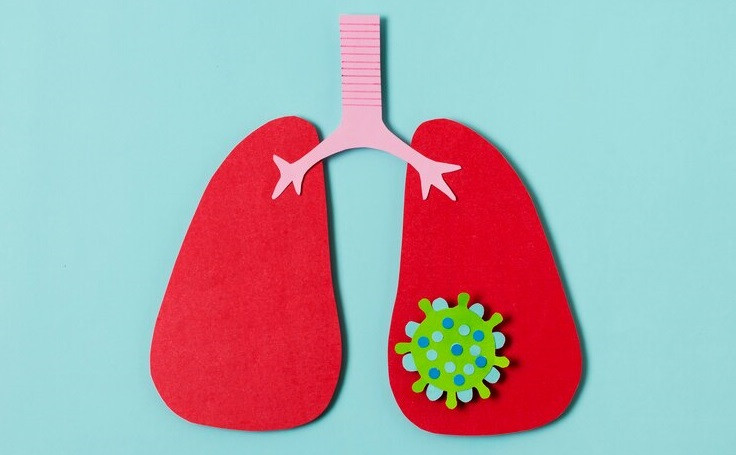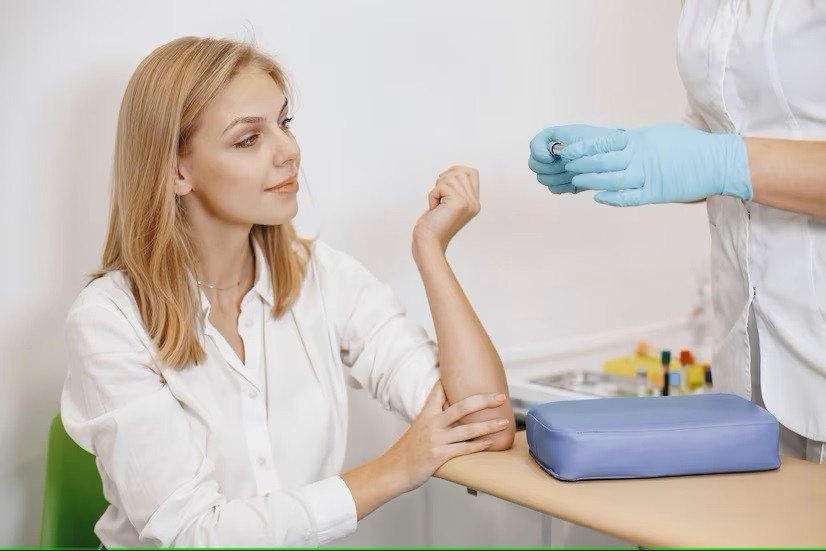Tuberculosis or TB, is an infection caused by the Mycobacterium tuberculosis bacteria, which commonly affects the lungs. This infection can also affect other parts of the body, such as the skin, intestines, kidneys, spine, and brain. TB is primarily transmitted between individuals through droplets released into the air when talking, sneezing, spitting, laughing, singing.
When you have close contact with someone infected with TB, the risk of being contaminated with TB increases. The most common test conducted to detect TB is the tuberculin test, also known as the Mantoux test.
What is the Mantoux test?
The Mantoux test, or tuberculin test, is one of the examinations used to determine if the tuberculosis (TB) bacteria are present in the body. This test determines whether a person has developed an immune response to the bacteria that have entered the body. The immune response may exist if they are currently infected with TB, have been exposed to TB in the past, or have received the BCG vaccine.
The test involves injecting a small amount of fluid containing tuberculin units into the forearm. After 2-3 days, you will be asked to return to the doctor. The doctor will observe whether there is swelling at the injection site or not. If there is a significant swelling reaction (≥5–15 mm, depending on the individual), the test result is positive. If you do not return after 2-3 days, the doctor will reschedule the Mantoux test.
The Mantoux test may not be perfect, as sometimes it may show false positive or false negative results. Typically, in diagnosing TB, the test results will be compared with other examinations and the symptoms that appear.
Causes of false-positive results
False-positive Mantoux test results can be caused by several factors, including:
- Recent administration of the BCG vaccination
- presence of non-tuberculous mycobacterial infections other than Mycobacterium tuberculosis in the body
- Incorrect measurement or interpretation of the reaction
- incorrect antigen that is used
Causes of false-negative results
In addition to false positive results, false negative results can also occur, which can be caused by several factors, including:
- Anergy: a reduced or absent body response to specific antigens or allergens
- Recent history of TB infection within the last 8–10 weeks
- Very young age (less than 6 months)
- Recent administration of measles or varicella vaccine with weakened live virus
- Inappropriate testing methods
- Incorrect measurement or interpretation of the reaction
Mantoux tests are often administered to children aged 2–5 years. To minimize false test results, doctors may recommend blood tests to detect TB infection, especially in children aged 5 years and older who have received the BCG vaccine.
What if the test result is positive?
The next step is for the doctor to provide information about your condition and any further examinations that may be needed. If you are diagnosed with TB, you can receive free treatment from the government. Compliance with regular treatment for six months and taking medication regularly are keys to successfully treating TB.
Consult with a doctor through the AI Care application if you have had close contact with someone with TB or have been experiencing persistent coughing for more than one month. If you need medical advice or consultation, you can either visit a doctor or make use of the consultation features that are available in the Ai Care application by downloading the Ai Care application from the App Store or Play Store.
Looking for more information about other diseases? Check here!
- Sean Edbert Lim, MBBS
Mayo Clinic (2021). Tuberculosis. Available from: https://www.mayoclinic.org/diseases-conditions/tuberculosis/diagnosis-treatment/drc-20351256
CDC (2020). Tuberculin Skin Testing. Available from: https://www.cdc.gov/tb/publications/factsheets/testing/skintesting.htm
Melissa Conrad Stöppler, MD. Tuberculosis Skin Test (PPD Skin Test). Available from: https://www.medicinenet.com/tuberculosis_skin_test_ppd_skin_test/article.htm
Mary Jo DiLonardo (2021). TB (Tuberculosis) Tests. Available from: https://www.webmd.com/lung/tests-tuberculosis
Tim Promkes RSST-RSUP, Dr. Soeradji Tirtonegoro Klaten (2022). TBC. Available from: https://yankes.kemkes.go.id/view_artikel/1375/tbc











